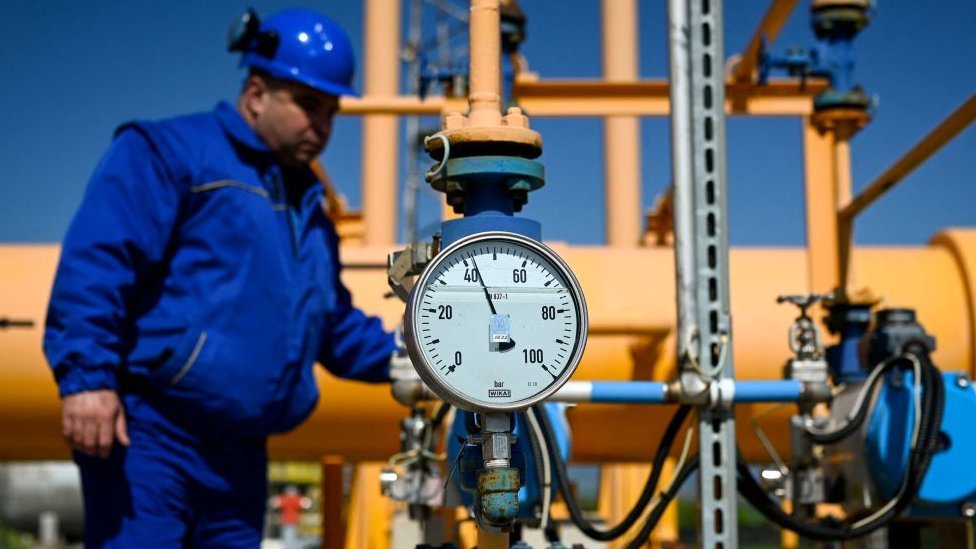Reducing your gas bill is possible with some simple and practical steps when using a gas stove. By making a few adjustments to your cooking habits and stove maintenance, you can save energy and lower costs. Here’s how:
1. Use the Right Size Pot or Pan
Using the correct-sized pot or pan for the burner on your gas stove is essential for efficiency:
- Match the Pot Size: Use a pot that closely matches the size of the burner. A larger pot on a small burner wastes heat, and a small pot on a large burner can waste gas as well.
- Flat-bottomed Pans: Ensure your pots and pans have flat bottoms that make full contact with the stove’s flame. This increases heat transfer and reduces cooking time.
2. Cook with Lids on Pots
Cooking with lids on your pots can significantly reduce cooking time, leading to lower gas consumption:
- Retain Heat: A lid traps heat and moisture, allowing food to cook faster, which means you’re using less gas.
- Even Cooking: It also helps ensure that food cooks more evenly, reducing the need for higher gas settings.
3. Keep the Burner Clean
A clean burner works more efficiently:
- Remove Food and Grease: Regularly clean your gas stove burners and grates to remove food particles, grease, and other debris that could block the flame. A clean burner ensures maximum heat transfer and energy efficiency.
- Inspect the Flame: Check the flame regularly. A blue, steady flame indicates efficient combustion, while a yellow or orange flame suggests incomplete combustion and wasted gas. Adjust the burners or call a professional for maintenance if necessary.
4. Use a Pressure Cooker
A pressure cooker reduces cooking time by cooking food at higher temperatures and pressures:
- Faster Cooking: With a pressure cooker, you can cook food much quicker than with regular pots and pans, which reduces the time your gas stove is running and saves energy.
- Retains Nutrients: It also retains more nutrients in food since it uses less water and cooks faster.
5. Avoid Overheating
Avoid turning the gas up too high:
- Adjust the Flame: A high flame wastes energy. Set the flame to a level that efficiently heats your pot or pan without excess heat escaping.
- Monitor Cooking Times: Don’t overheat your gas stove unnecessarily. Once your food is simmering or boiling, reduce the flame to maintain the desired temperature.
6. Cook in Batches
If possible, try cooking in larger batches:
- Batch Cooking: Cooking larger quantities in one go can save energy because you only need to use the stove once, rather than multiple times for smaller meals.
- Store Leftovers: You can store leftovers and reheat them later, reducing the need to cook every day and saving gas in the process.
7. Preheat Wisely
Avoid preheating your oven or stove for too long:
- Only When Necessary: Preheat only when absolutely necessary. Many dishes, such as casseroles or roasts, don’t require preheating, so it’s best to start cooking immediately after turning on the stove.
- Shorter Preheating Time: If preheating is needed, aim to preheat for a shorter time and avoid leaving the stove on for longer than necessary.
8. Use Gas Efficiently
Turn off the stove early and let residual heat finish cooking:
- Turn Off Before Cooking Is Done: Gas stoves retain heat, so turning the heat off a few minutes before your food is fully cooked can use the residual heat to finish the process. This helps avoid using unnecessary gas.
9. Maintain Your Stove
Regular maintenance of your gas stove ensures it is working at optimal efficiency:
- Check for Leaks: Ensure there are no gas leaks in the stove, as leaks waste gas and are a safety hazard.
- Regular Servicing: Have your stove professionally serviced regularly to ensure it’s running efficiently and safely.
10. Use Efficient Cooking Techniques
Consider using alternative cooking methods alongside your gas stove:
- Use a Slow Cooker: Slow cookers are energy-efficient and can cook meals using minimal gas. They are ideal for preparing stews, soups, and other dishes over a long period at a low temperature.
- Use Microwave When Possible: For reheating or small tasks, the microwave uses less energy than a gas stove.
Conclusion
Reducing your gas bill with a gas stove is all about efficiency and making small adjustments to how you cook. By using the right cookware, keeping the stove clean, reducing cooking times, and choosing energy-efficient methods, you can lower your gas consumption and save money without compromising on meal quality.

